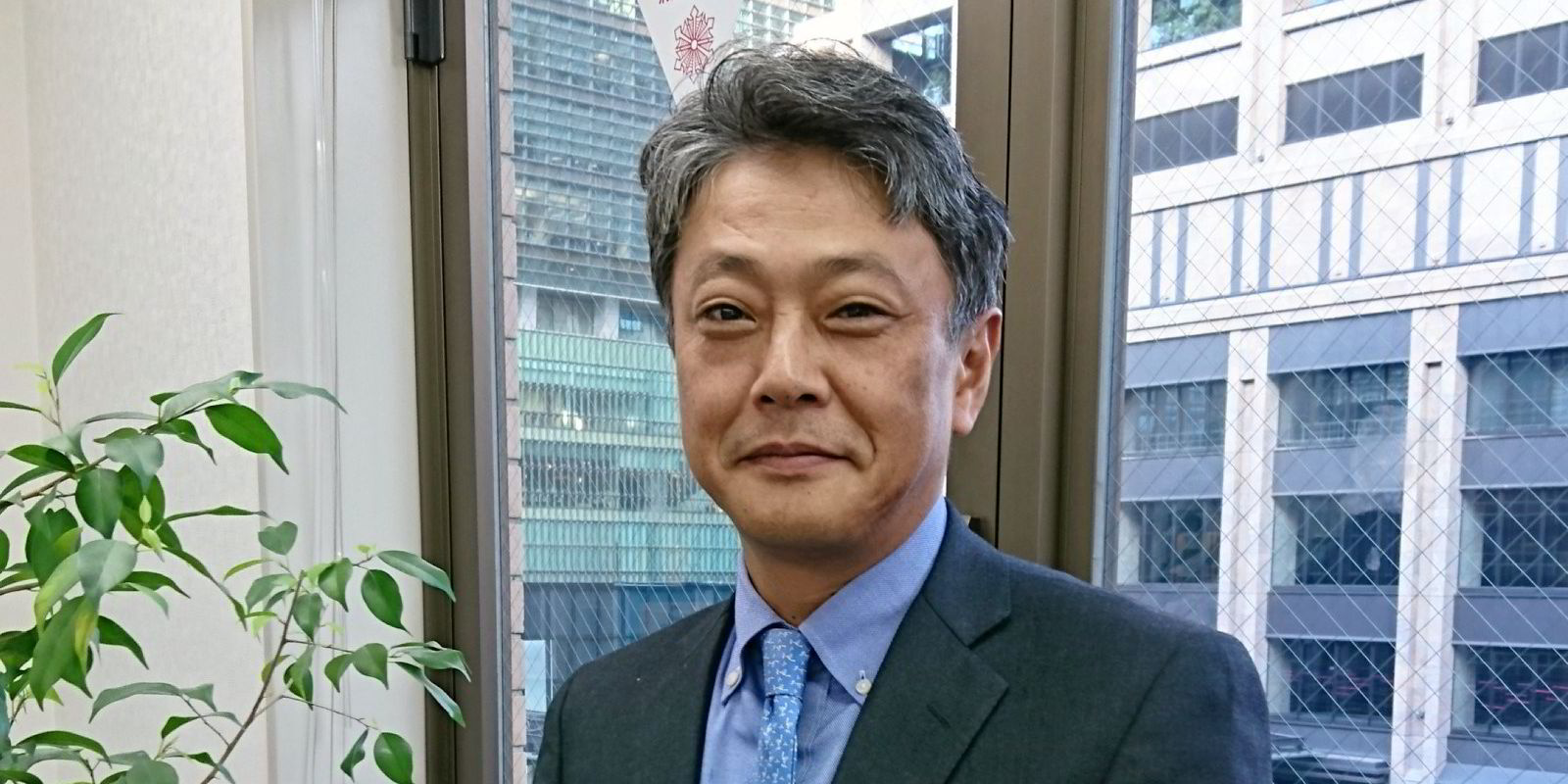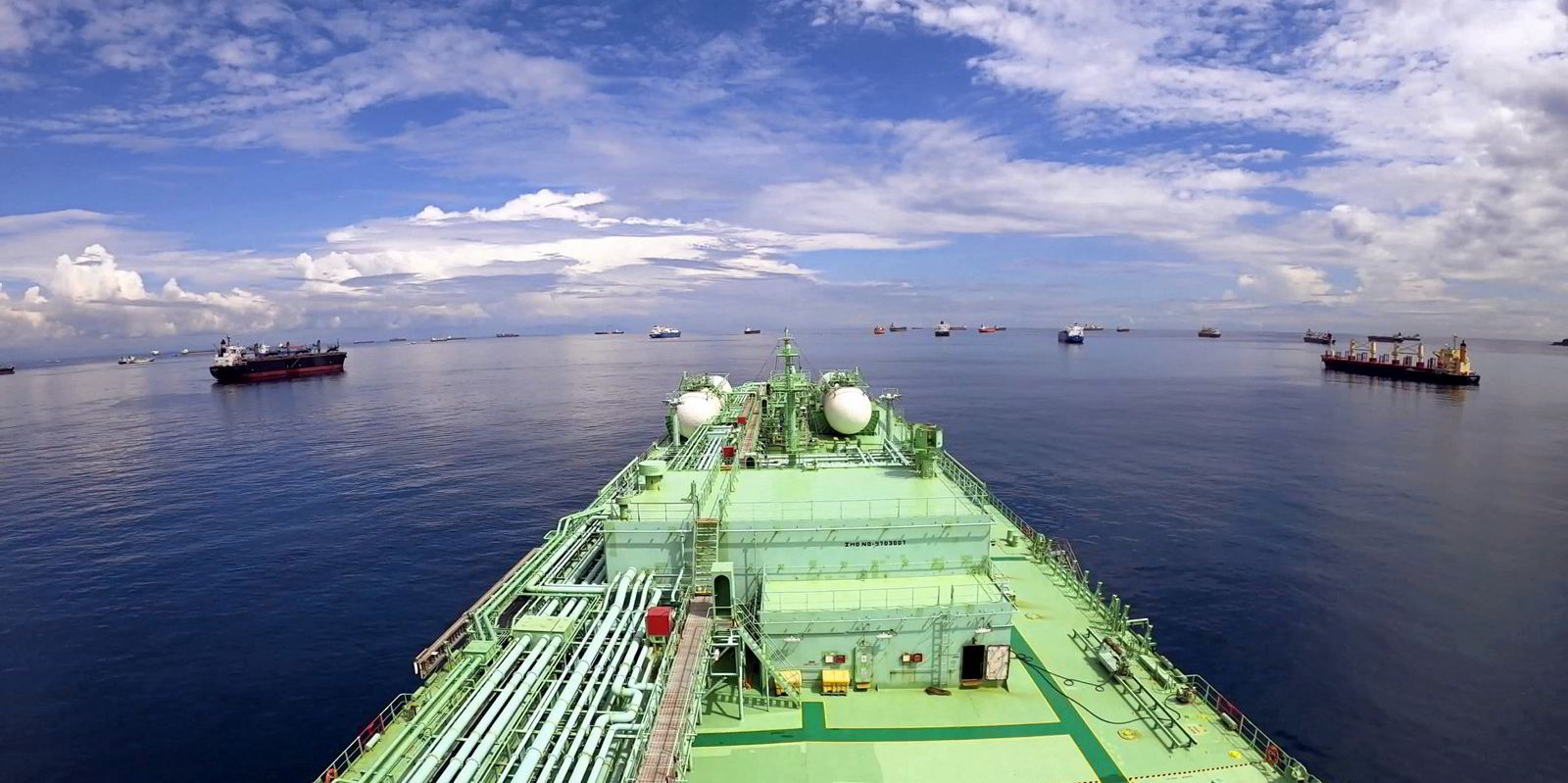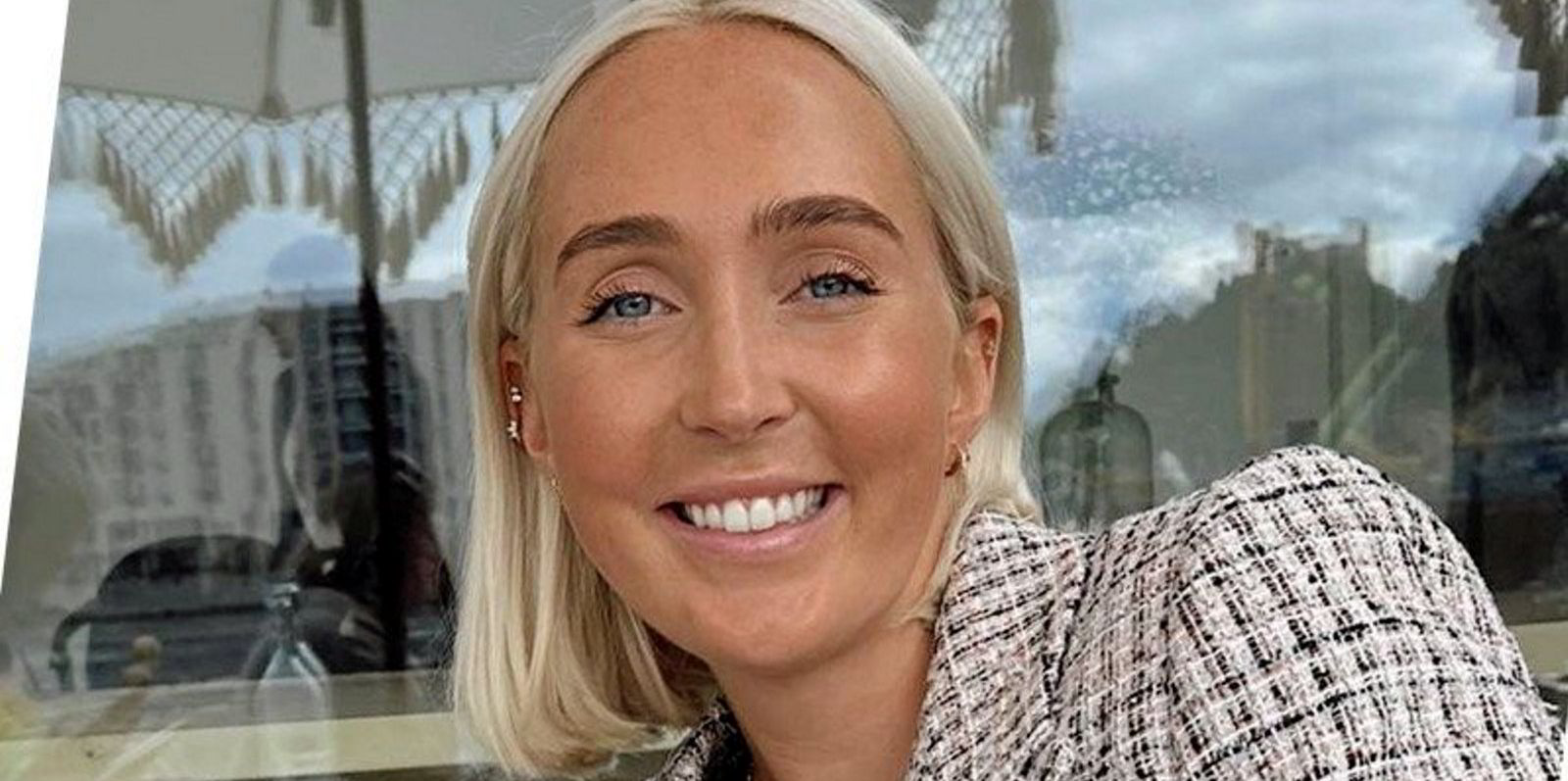Kumiai Navigation has added a dual-fuel VLGC newbuilding at Kawasaki Heavy Industries — doubling the number of 86,700-cbm LPG/liquefied ammonia gas vessels it has on order there.
Managing director Tomomaru Kuroyanagi confirmed the order, saying Kumiai has declared an option attached to a single-ship order signed there last year.
“We have a total of two dual-fuelled VLGC newbuildings that can load ammonia,” he said.
Japanese-owned Kumiai is scheduled to take delivery of the two gas carriers in February and April 2025. Withholding the names of the charterers and the charter rates, it said the VLGCs are fixed out to European companies for five years.
Based in Singapore, Kumiai is a subsidiary of Japan’s Kumiai Senpaku that operates independently. It has 11 bulkers, two small LPG carriers and seven VLGCs on the water. Four of the large LPG ships are running on conventional marine fuel.
The company had planned to retrofit its conventionally fuelled gas carriers with dual-fuel engines due to environmental concerns but has paused the project because of rising retrofitting costs.
“The current charterers are also reluctant to release the vessels for too long a period for retrofitting,” Kuroyanagi said.
Klaus Rasmussen, head of projects at MAN PrimeServ, said dual-fuel retrofits are a good way for owners to maintain the value of their assets for years to come. He estimated that 154 VLGCs with single-fuel engine technology could benefit from conversion to LPG.
BW LPG has converted 15 of its VLGCs to LPG dual fuel, while China’s Tianjin Southwest Maritime is sending two of its modern VLGCs to Cosco Shipping Heavy Industry (Guangdong) shipyard to install dual-fuel engines capable of running on LPG. The work on the 85,000-cbm Gas Aquarius (built 2018) and Gas Gemini (built 2017) will be done in May.
Shipping analyst Mia Groeng of Fearnleys believes VLGC market fundamentals are looking positive despite the heavy orderbook, as congestion seems likely to continue at the Panama Canal.
In a recent energy and shipping conference in Oslo, she said 48 new dual-fuel VLGCs will join the fleet in 2023 but “production volumes will stay high and demand is rising”.
“This will create good fundamentals over the next couple of years, although whether this can absorb the new tonnage completely remains open to question,” she said.






